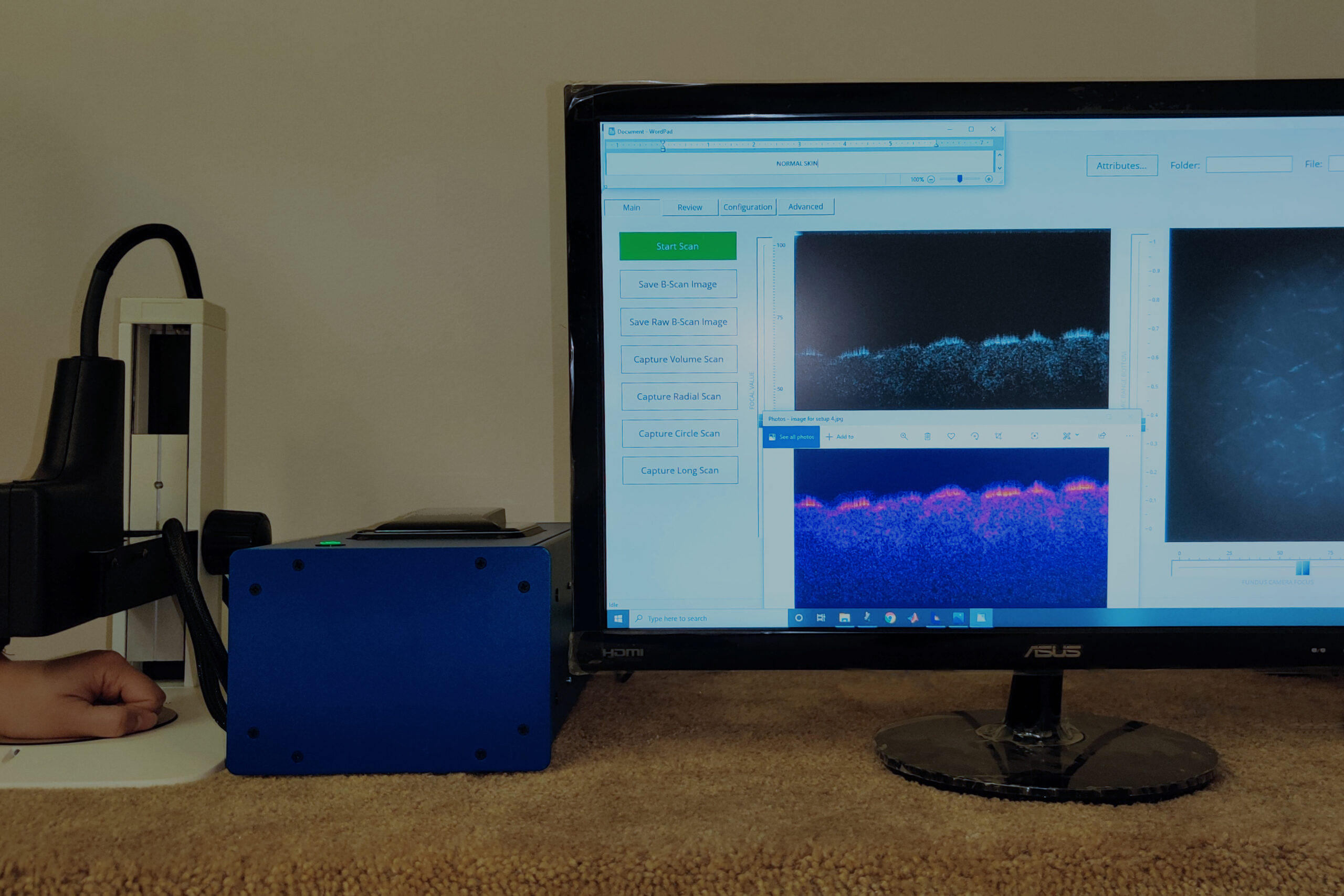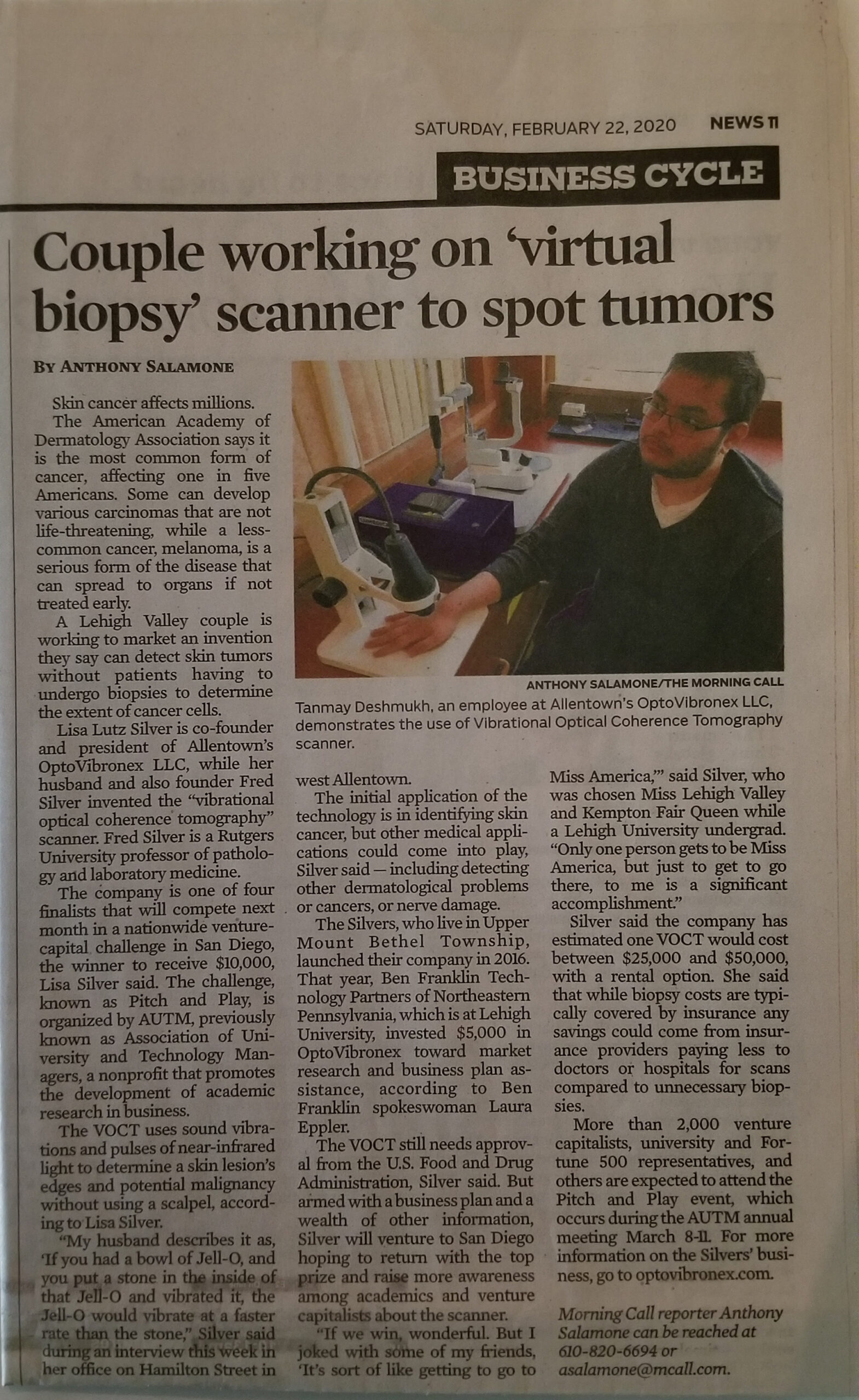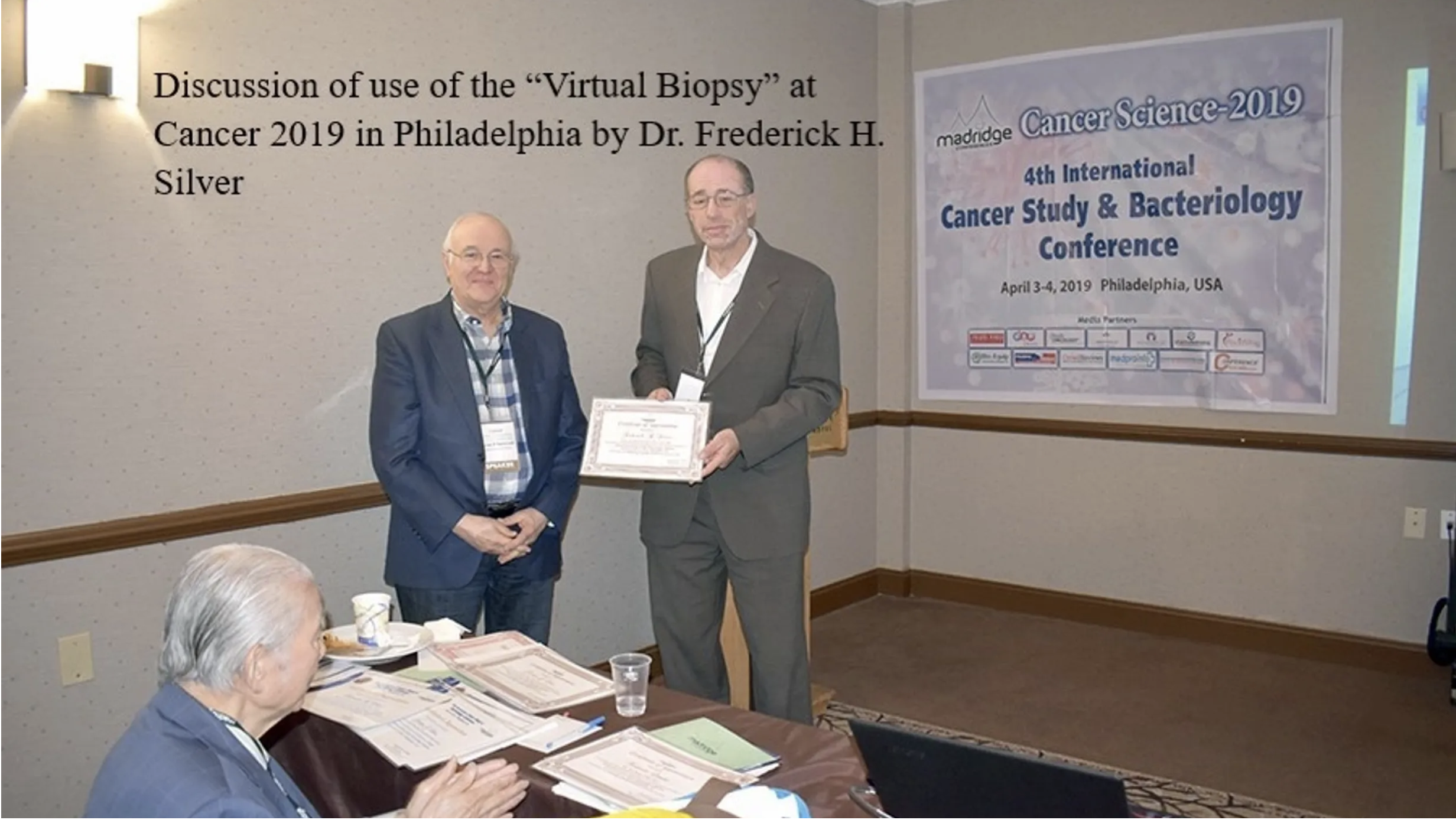Lisa Silver’s (President of OptoVibronex) interview with Allentown newspaper Morning Call about the need and use of Vibrational Optical Coherence
The Optovibronex Device

Meet Dr. Fred Silver
Developer of OptoScope 2.0™
Fred Silver, Chief Technical Officer at OptoVibronex, is Professor of Pathology at Robert Wood Johnson Medical School, Rutgers University, for 35 years. He holds over 30 patents on materials, tissues and their mechanical characterization. He received his B.S. in Chemical Engineering from Northeastern University and completed his Ph.D. in Polymer Science and Engineering with a Minor in Biology from MIT. Dr. Silver has published over 200 research papers, books and abstracts dealing with biological materials – over 25 within the last 2 years. He has been asked to speak internationally at dermatology and material science conferences. Over the years, Fred has also purchased and revitalized a number of small businesses.
For an archive of Dr. Fred Silver’s publications, click here.


 Vibrational OCT combines the techniques of OCT and Vibrational analysis to generate both an image and information about mechanical properties of the sample under test. Sound waves are used to generate vibrations.
Vibrational OCT combines the techniques of OCT and Vibrational analysis to generate both an image and information about mechanical properties of the sample under test. Sound waves are used to generate vibrations.

